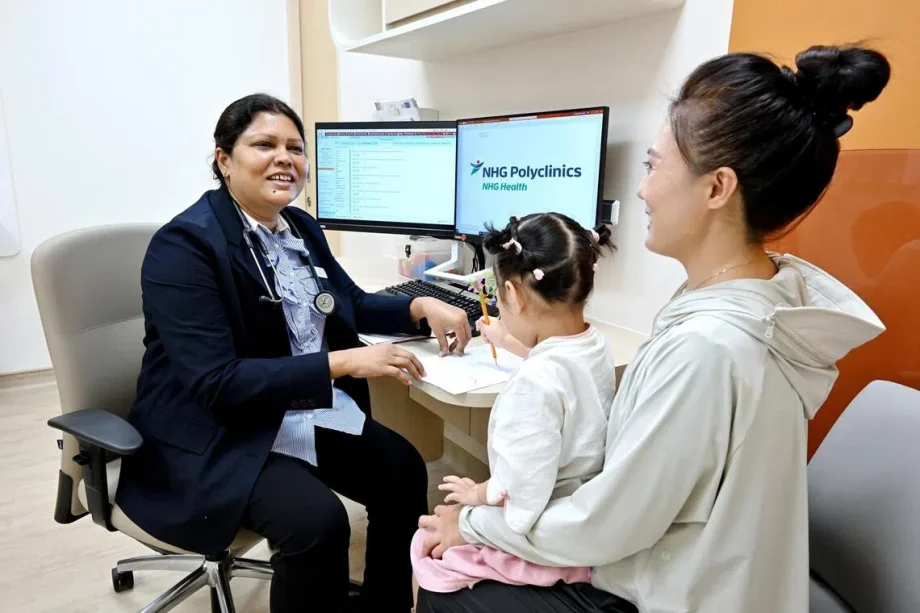SINGAPORE – Come 2026, Singapore may see some 200 family physicians accredited as specialists, an indication that they are well trained and equipped with specialised skill sets to care for Singapore’s ageing population in the community, including patients with complex care needs.
The Specialists Accreditation Board (SAB) will formally recognise family medicine as Singapore’s 36th speciality from Nov 1, with eligible family physicians invited to apply for accreditation.
This is an important policy move, Health Minister Ong Ye Kung said in an Oct 31 Facebook post.
He said family doctors, who are “trusted advisers who help us manage our health and stay healthy”, are essential to the shift of the healthcare system’s centre of gravity away from hospitals to the community, from tertiary and secondary to primary care, and from curative treatment to management and prevention.
The College of Family Physicians Singapore (CFPS) has advocated for this recognition for many years, its president, Dr Wong Tien Hua, told The Straits Times, adding that this is a “milestone achievement” for Singapore.
“This recognition uplifts the entire primary care fraternity as it enhances the professional identity of family physicians, creates clear pathways for advanced training, and reinforces the pivotal role of family medicine in achieving better population health outcomes for all Singaporeans,” he said.
Countries that already recognise family medicine as a speciality include the US, Japan and Indonesia.
The Ministry of Health (MOH) on Oct 31 said more than 200 registered family physicians who have attained the Fellowship of College of Family Physicians (Singapore) will be invited to be the first batch to apply for specialist accreditation.
The fellowship is awarded to those who have successfully completed the 24-month training programme conducted by CFPS, which includes at least 24 hours of clinical practice each week, original research and clinical teaching.






